Despite living more than 3,000 kilometers away from Egypt, when 22-year-old illustrator and graphic communication design student Farida Eltigi was assigned a project titled ‘Design and the Collective National Identity’ for her studies at the University of the Arts London, she knew she wanted to shed light on important social issues from her homeland. Having lived in Cairo, Dubai, and London, she is intrigued by different cultures and finds herself driven to explore how diasporas grow and develop.
Showcased at the University’s virtual exhibition and on billboards around the United Kingdom, Eltigi’s works share one thing in common: they tackle the Egyptian identity from a different angle; from collaborating with Nubian voices to create ‘The Nubian Story’ to exploring Egyptian society’s perspective of women through ‘Worth 100 Women.’
As part of Egyptian Streets’ Spotlight Sundays, which features young and aspiring Egyptian artists, start-ups, filmmakers, and more, Egyptian Streets spoke to Eltigi about her work and how she aims to use her skills to drive social change.
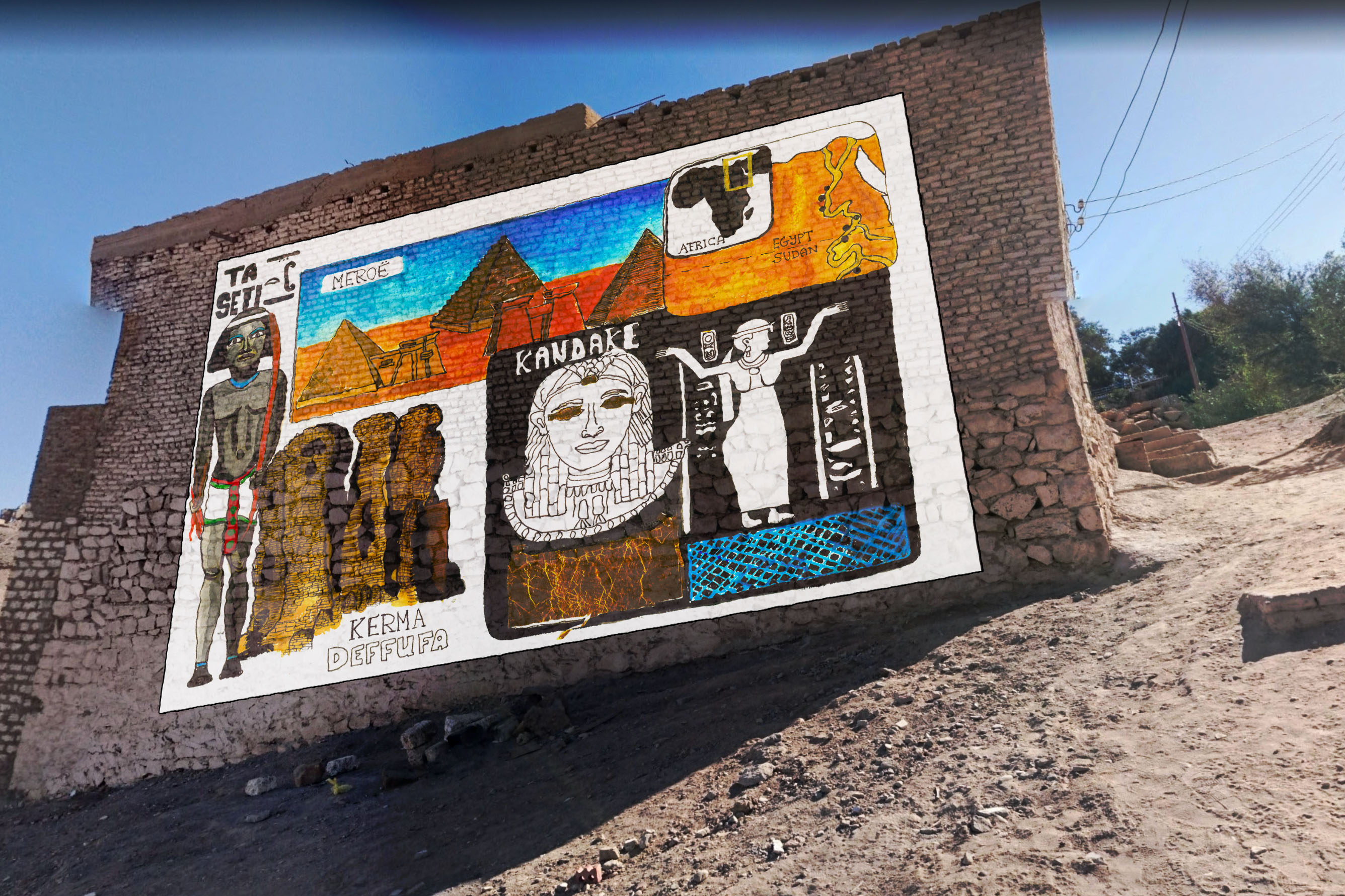
What made you decide to become a graphic designer?
I have always loved art and painting, but at the same time, I am really passionate about social and cultural issues. I found that Graphic Communication Design sits between both, as your role is to create designs that function beyond a purely aesthetic purpose. My practice over the years became dedicated to capturing the intimate and humane elements of our society.
Your work is described as “an exploration of identity,” can you elaborate on that?
My capstone investigation is titled ‘Design and the Collective National Identity.’ For as long as I can remember, the western production of film, art, music, and literature has created an Orientalized, misrepresented, and stereotyped portrayal of Egypt within an ancient Egyptian framework and neglected its other various cultures and history.
As a designer from a country with such a fertile culture, I believe that it is essential for me and the new generation of designers to look within and find the visual elements to redefine the Egyptian collective identity as accurately as we can. On a personal level, I am motivated by a need to preserve Egyptian visual culture through design as it brings me closer to home.
What made you specifically choose Nubian people as a subject? What is the objective of the project?
The Nubian culture is undeniably a prominent aspect of Egyptian culture and stimulates our tourism. However, we do not discuss nor address the tragic amount of discrimination that Nubian Egyptians face on a daily basis. Meanwhile, they are at risk of losing their language and history.
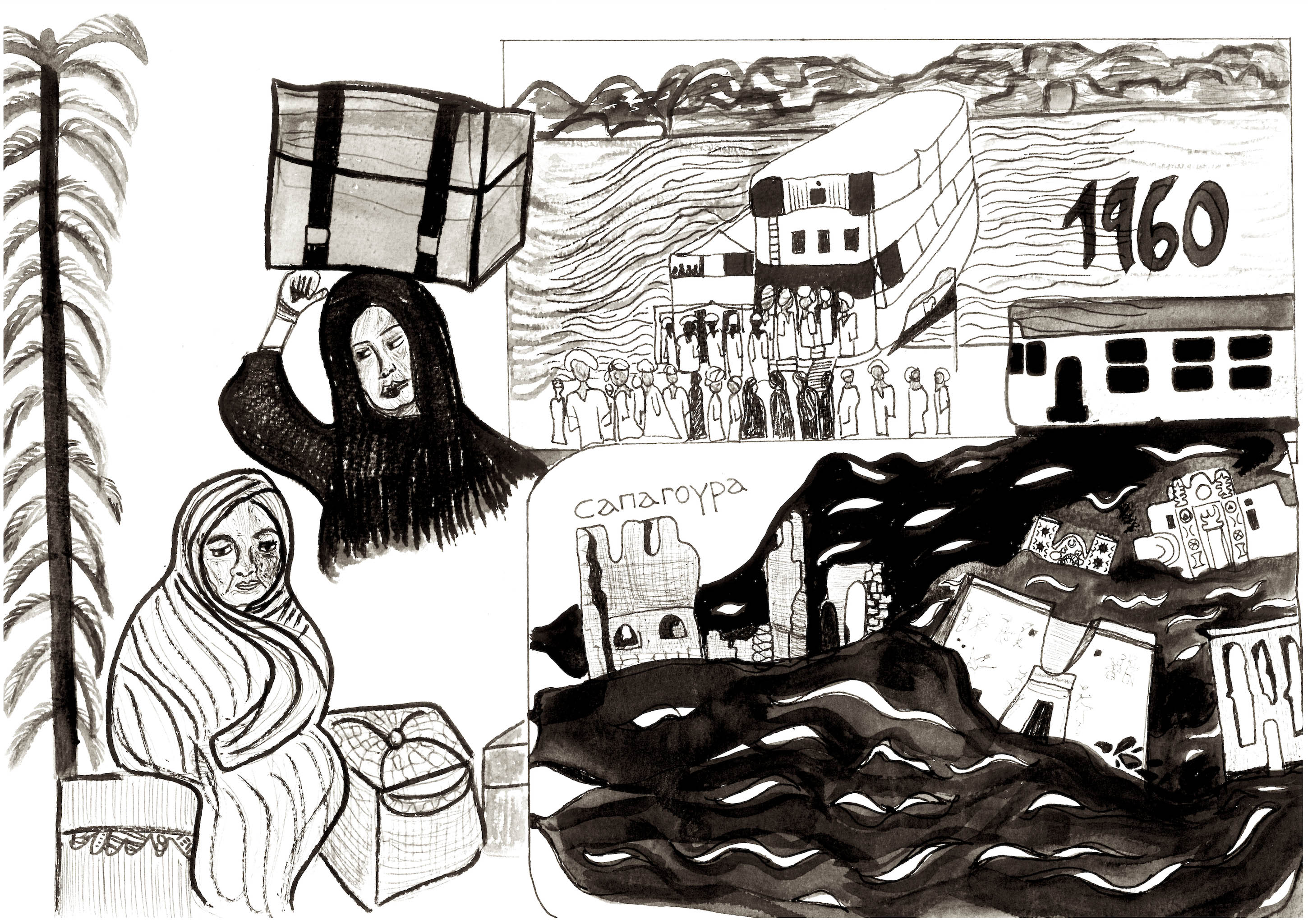
The Nubian Story – Nubia as it once was, takes the viewer on a journey from Ancient Nubia TA – SETI to the new generation of Nubians today. In order to help preserve and protect the endangered Nubian heritage and culture, I illustrated their historical events, customs, and traditions. The project is a collaboration with The Nubian Gallery and Nubian(Q), who tell the Nubian story through their own and their family’s life experiences in an emotional and incredibly moving manner. Their accounts, like many others on Instagram, are working towards preserving and spreading awareness on Nubia.
What’s the objective of the Worth 100 Women series? What messages do the designs seek to deliver?
When a woman is strong and independent, the popular saying goes “b meet ragel” (worth 100 men). Though this statement is intended to be a compliment, it is quite problematic. By reconstructing it to ‘Worth 100 Women,’ I am pointing out the patriarchal undertones of our dialect. The ongoing poster series aims to empower women through a representation of a large and diverse portrayal of Egyptian women.
Considering the constant comparison of Eurocentric beauty standards, colorism, classism, and general negative social stigmas that Egyptian women face, this project allows them to be in the spotlight for once; choosing how they appear in front of the world. I am proposing the project to “hypothetically” exist in the Egyptian streets, and function as a way to acclimatize and shift the power dynamics of the male-dominated streets for the Egyptian woman. To the western audience and in the UK, where the project is currently being showcased, it exists as a new narrative to claim and demonstrates the diversity of Egyptian women.
Are you planning on implementing your projects in Egypt or the UK?
The Worth 100 Women poster series is currently ongoing so all Egyptian women can still take part by submitting a picture of themselves; I hope to reach 100 portraits before the year ends! As for The Nubian Story, I want to work more with the amazing audio segments and I’m considering turning my illustrations into an animation or a longer film. I hope I can make the virtual exhibition come to life one day.
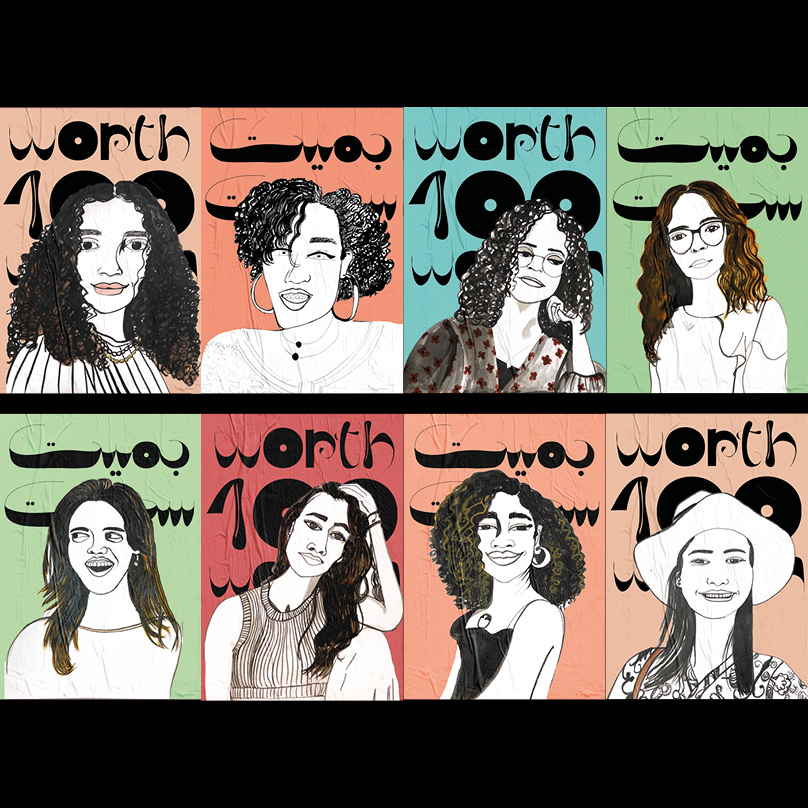
You say you hope to use your design skills to promote social change – what are you most excited to pursue?
I hope to serve marginalized groups in our society by using design and illustration as a tool. The most important step of my creative process is the genuine interaction with those impacted primary subjects in order to create an accurate depiction and representation.
I am most excited to continue learning more about different cultures and each of their visual languages, and of course to continue creating work that is sparked by human interaction. As designers, I believe that we must carefully approach each individual and social group without any preconceived notions and offer our services to those that are otherwise unheard.
Any specific marginalized groups you’re excited to highlight in your upcoming works?
I am passionate about history and the influence of certain political and social events on music and popular culture. If we reflect more on the journey, origins, and roots of our interests, we would find that we owe it to certain social groups. We can then realize and appreciate their influence on cultural aspects of our everyday life, from the way we dress to what we listen to.
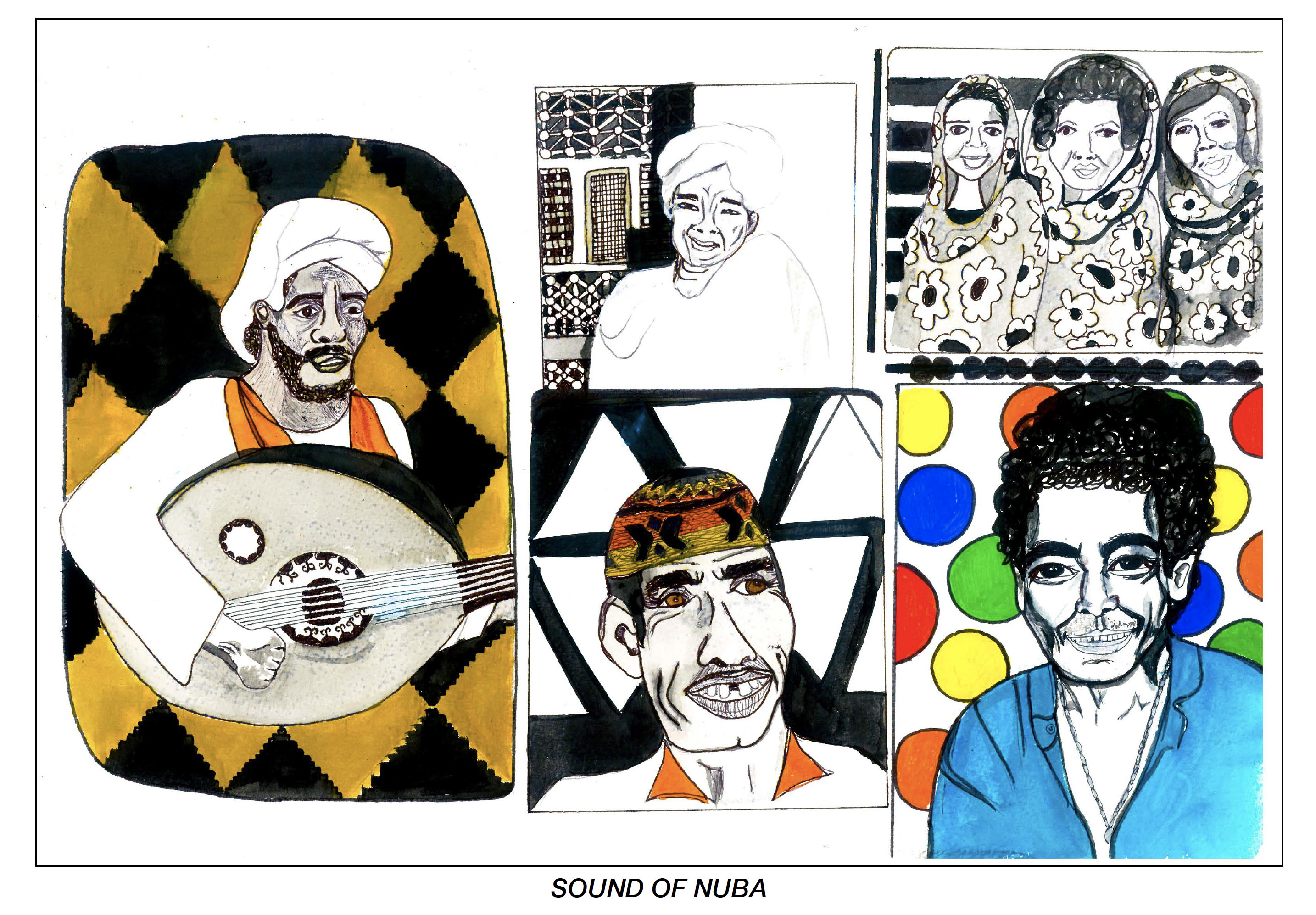
Additionally, ever since my publication ‘SAHARA’ about desert mysticism, I have been so intrigued by the life of Bedouins and nomads. Their relationship with the environment amazes me and how all their customs are influenced by it. Their sustainable and symbiotic relationship with the Earth is something we really could learn from considering the climate crisis.
Are you planning on returning to Egypt to pursue similar projects?
I would definitely love to if I find the right opportunity. I admire the intricate craftsmanship of Egypt as well as the number of subcultures that exist within our society. There is inspiration in every corner of Egypt, and I also want to adopt more of the distinct visual language of my Damietta/Fayoum and Se’eedi roots into my work and illustration.
You can follow Eltigi’s work on Instagram.
Subscribe to the Egyptian Streets’ weekly newsletter! Catch up on the latest news, arts & culture headlines, exclusive features and more stories that matter, delivered straight to your inbox by clicking here.
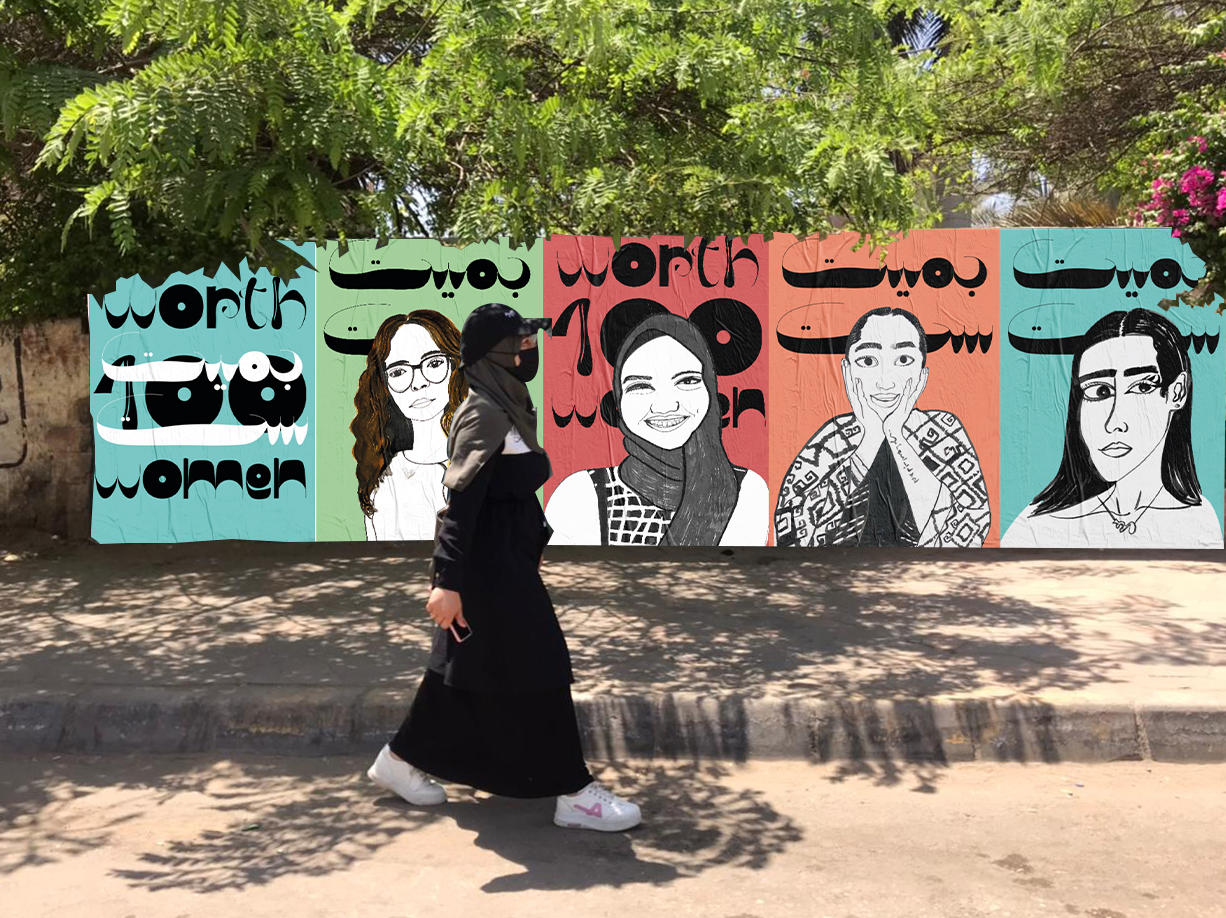



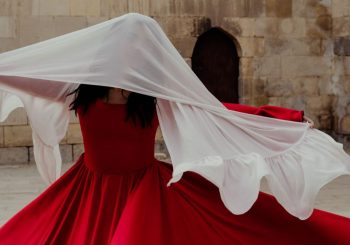
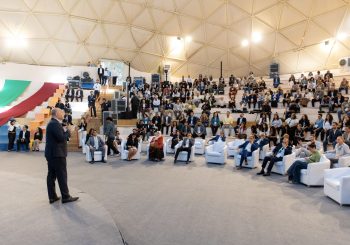

Comments (3)
[…] How an Egyptian graphic designer’s work brings her closer to home […]
[…] Source link […]